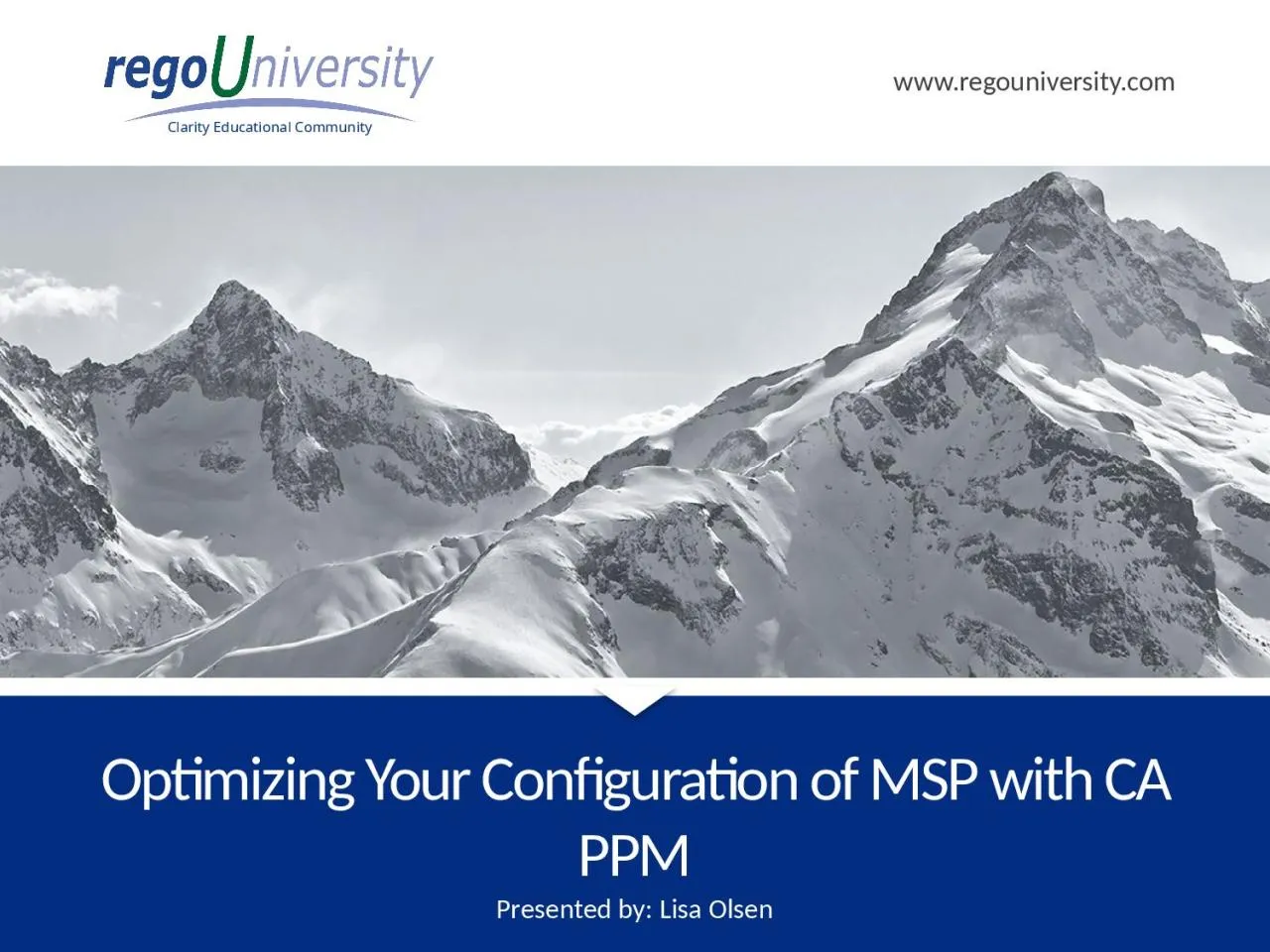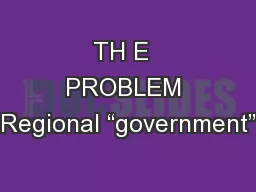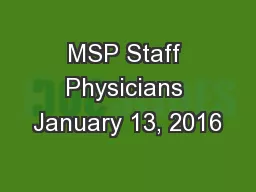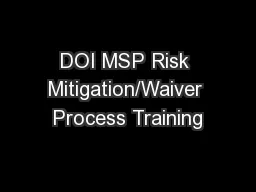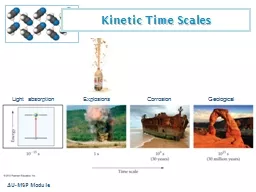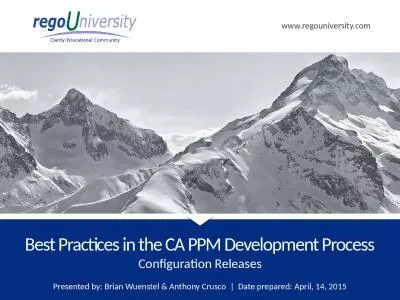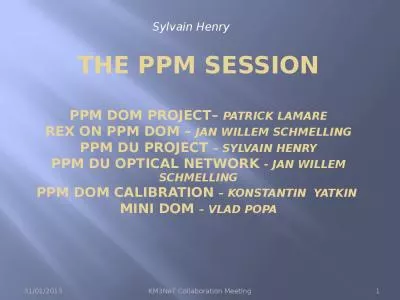PPT-Optimizing Your Configuration of MSP with CA PPM
Author : elina | Published Date : 2022-06-01
Presented by Lisa Olsen Allocation Max Units and Assignment Units Understanding Task Types Task Constraints Why Task Dates Change Maintaining and Controlling the
Presentation Embed Code
Download Presentation
Download Presentation The PPT/PDF document "Optimizing Your Configuration of MSP wit..." is the property of its rightful owner. Permission is granted to download and print the materials on this website for personal, non-commercial use only, and to display it on your personal computer provided you do not modify the materials and that you retain all copyright notices contained in the materials. By downloading content from our website, you accept the terms of this agreement.
Optimizing Your Configuration of MSP with CA PPM: Transcript
Download Rules Of Document
"Optimizing Your Configuration of MSP with CA PPM"The content belongs to its owner. You may download and print it for personal use, without modification, and keep all copyright notices. By downloading, you agree to these terms.
Related Documents

